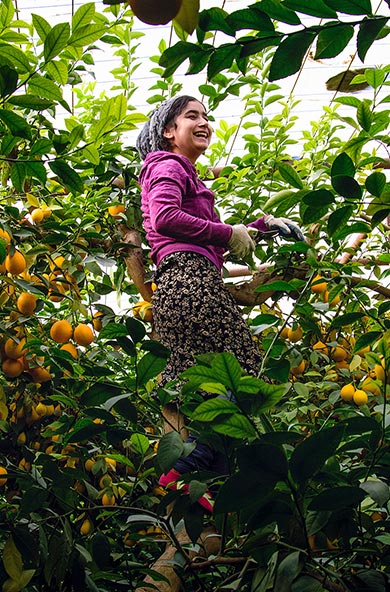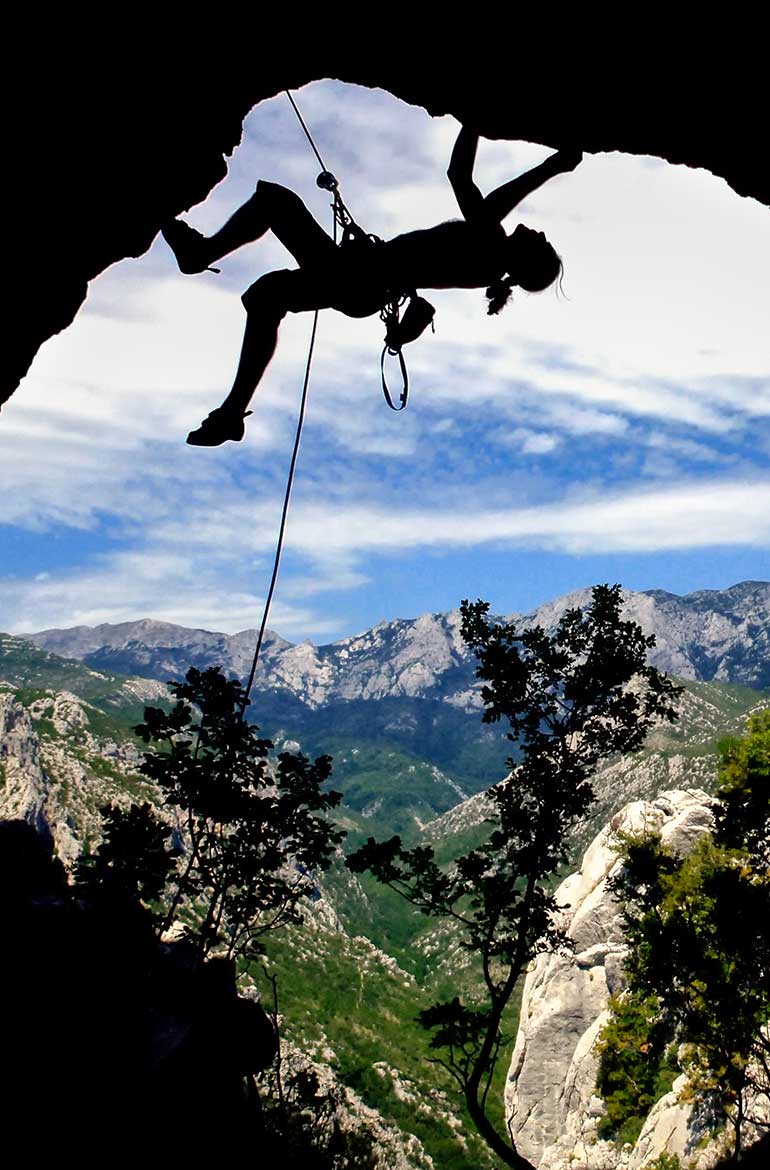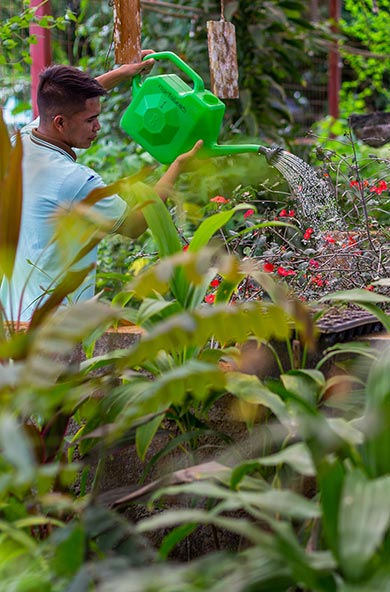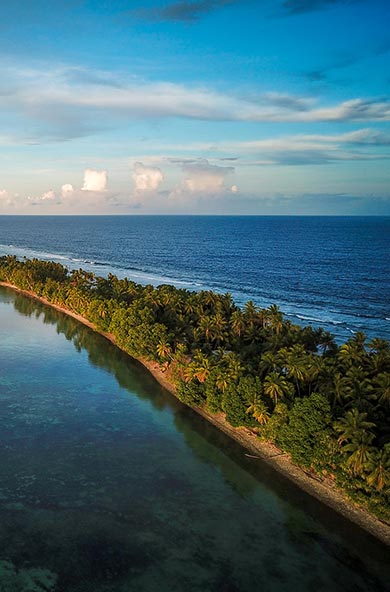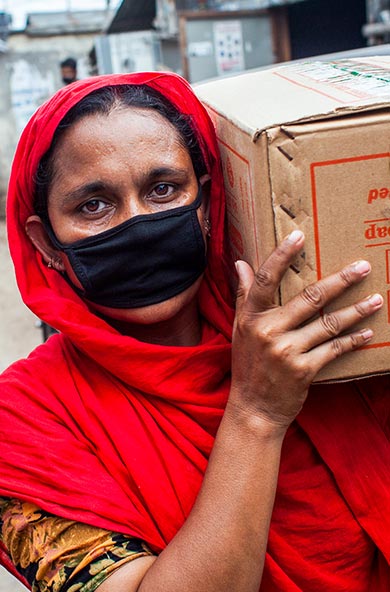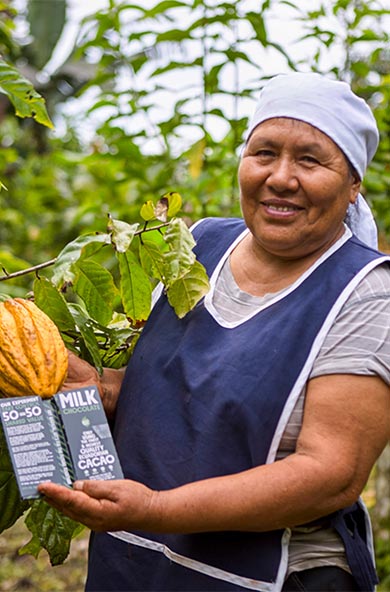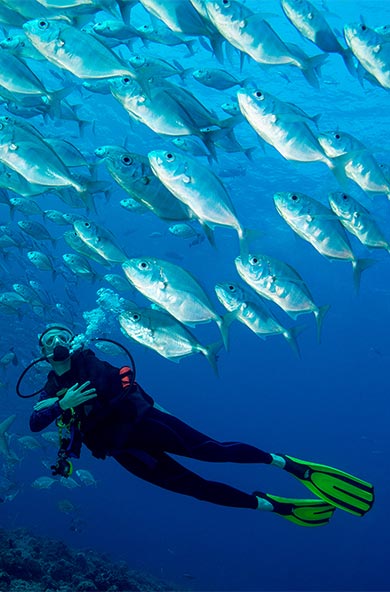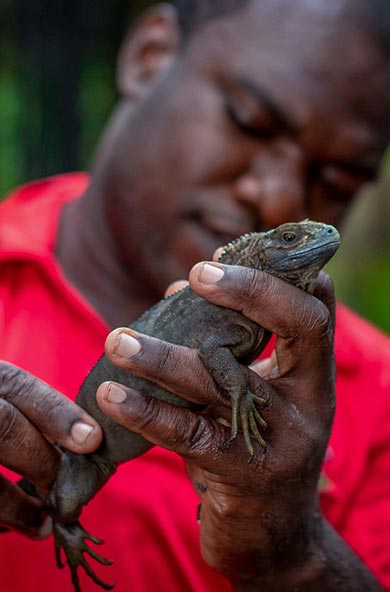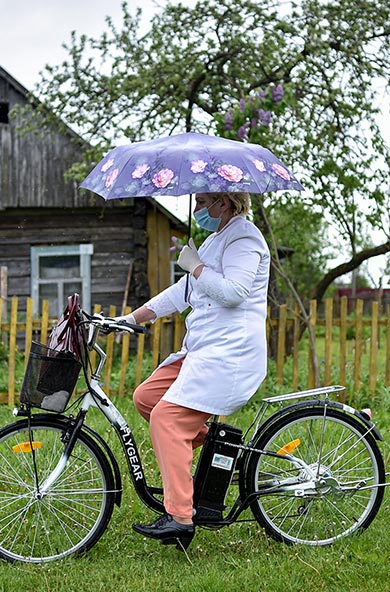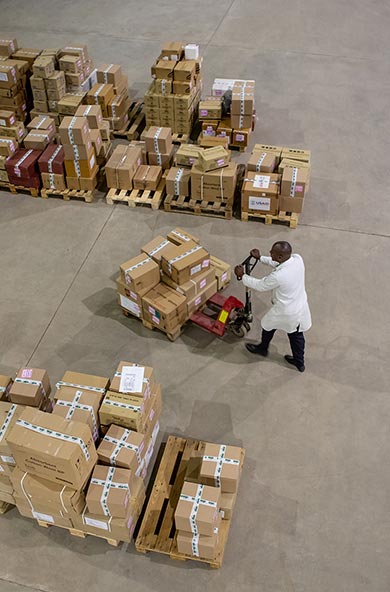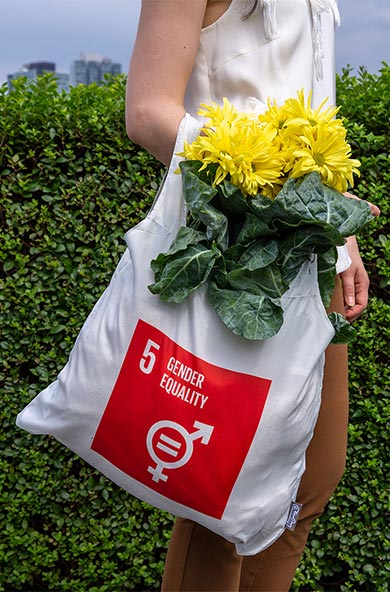From cacophony to harmony
The world has a new framework to restore nature. It’s time to put the agreement into action.
“Without nature, we have nothing. Without nature, we are nothing.”— António Guterres, UN Secretary-General
When UN Secretary-General António Guterres spoke at the historic UN COP15 biodiversity conference in Montreal, Canada in December 2022, he underscored the urgent need for action to protect nature and biodiversity.
Humanity has, for hundreds of years “conducted a cacophony of chaos, played with instruments of destruction”, he declared.
Now is the time to reverse this destruction.
But when there are so many other things to worry about, why prioritize nature and biological diversity loss? When putting food on the table has become harder, recession is looming, and energy prices are sky high – why worry about the environment?

Children from the Bajo people of Indonesia play in the waters off the Wakatobi Islands. Half the oxygen we breathe is produced by plankton and other microorganisms in the ocean.
Why care about nature and biodiversity?
We know that the world is facing a planetary emergency of nature loss and climate change. It is made worse by the impacts of inequality, conflict, insecurity and health crises.
The fact is that these crises are all interlinked. They impinge on the rights and the quality of life of billions of people today and in the future – especially the most vulnerable.
And nature is a big part of the solution. These integrated crises demand integrated solutions – and the solutions to all are fundamentally dependent on a functioning environment. Threats to nature are an existential risk to human survival.
But nature is humanity's most powerful asset. Investing in it will help us fight back.
Biodiversity is the collective term for the variety of life – biological diversity – on Earth, in all its forms. Biodiversity is the abundance and variation in nature responsible for our food, our water, our weather, even the air we breathe. At least 50 percent of our planet’s oxygen is generated by plankton and other tiny marine organisms, for example, all but invisible to the naked eye.
What is at stake?
Investing in nature and biodiversity is about more than simple conservation. Nature and biodiversity underpin our lives, societies and economies. Losing the benefits provided by healthy ecosystems around us could cause a decline in global gross domestic product of US$2.7 trillion annually by 2030. We’d lose $338 for each and every person on the planet, each and every year.
More than two thirds of the population of the tropics – about 2.7 billion people – directly depend on nature and biodiversity for at least one of their basic needs. Around 1.6 billion people today depend on forests for their livelihood, including 70 million Indigenous people, and 80 percent of people living in rural areas in developing countries rely on traditional plant-based medicines for basic health care.

Fishers from the Mentawai people of Western Sumatra. From the food we eat to the air we breathe, nature and biodiversity supply the basic needs for human life.
A thriving and biodiverse ecosystem is critical for the food we eat, too. Diversity is an essential element of our food systems. Over 80 percent of the human diet is provided by plants. Yet only three cereal crops – rice, maize and wheat – provide 60 percent of energy intake globally.
Depending on three cereal crops threatens our food security and biodiversity, leading to loss of genetic crop varieties that could support a more resilient food system and ecosystem in future. Loss of biodiversity also severely threatens the pollinators of the world’s food.
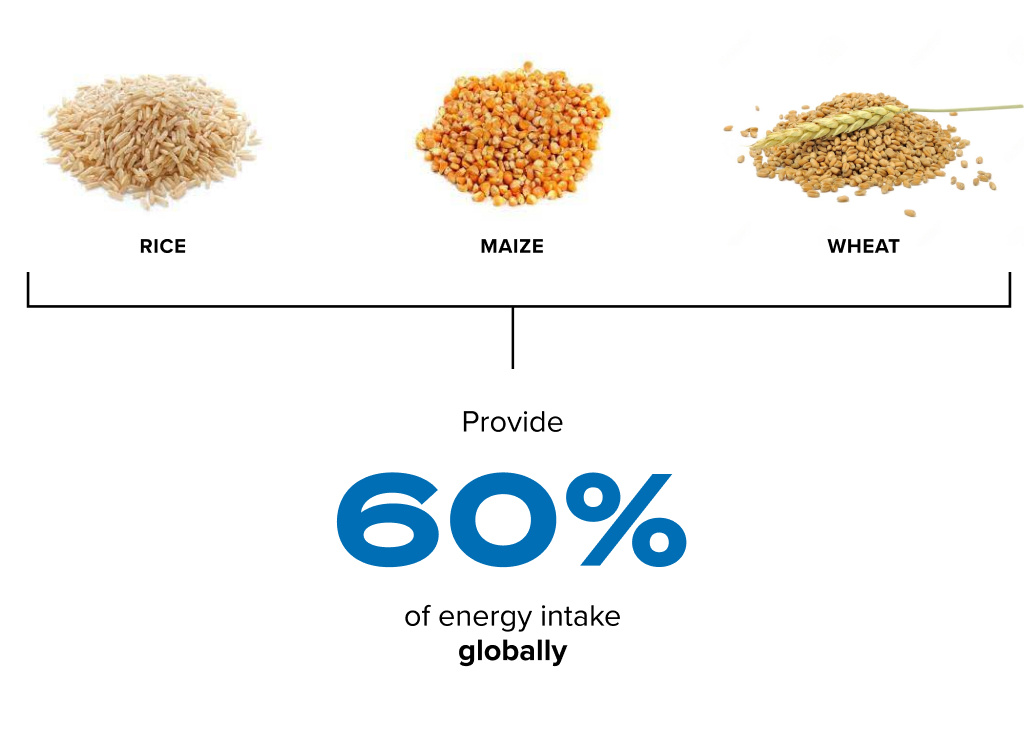
What is the current threat?
Despite global agreements, biodiversity and nature loss is accelerating in all regions of the world. We are experiencing a dangerous decline in nature, and humans are causing it.
From population increase to overconsumption to land clearance for agriculture, the threats to our natural environment are dangerous and ongoing. Over the past 50 years, nature has declined more extensively than at any other time in human history, while global warming patterns continue to accelerate.
We are destabilizing the planet.
Species are disappearing at a pace 1,000 times the natural extinction rate. We are facing the sixth great extinction, with up to 1 million species threatened. To maintain humanity’s current way of life, we would need the equivalent of 1.6 Earths. Humans have altered 75 percent of the Earth’s ice-free surface, with wetland areas lost, marine environments destroyed, the ocean and forests diminished.
Nature’s services are free for all, but financially and economically, they are invisible. Unsustainable resource extraction, deforestation and habitat loss driven by agriculture, a proliferation of invasive alien species and pollution threaten the fabric of society – yet they continue with economic impunity.
Unless world leaders, governments, businesses and individuals take bold steps to reduce the immense pressure exerted on nature, efforts to address the climate crisis and achieve the Sustainable Development Goals will fail. In fact, investing in nature isn’t a departure from other kinds of development; investing in nature is critical for development and a sustainable future.

A whale shark filter feeds in polluted ocean waters. Nearly all marine species are affected by plastic waste.
How can we take action and build back biodiversity?
Protecting biodiversity and expanding natural areas is one of the cheapest and most effective ways to tackle climate change and combat desertification. Humanity needs to ensure that at least 30 percent of global land and sea areas, especially areas of particular importance for biodiversity and its contributions to people, are conserved through effective practices.
We are now rallying to reverse nature and biodiversity loss.
In 2022, a landmark agreement among nations – the Kunming-Montreal Global Biodiversity Framework – was laid out to transform society’s relationship with biodiversity.
As the Paris Agreement aims to tackle the adverse impacts of climate change, the Global Biodiversity Framework targets the root causes of threats to nature and the services it provides to people.
By 2030, the Global Biodiversity Framework’s four goals and 23 targets will: protect 30 percent of Earth’s lands, oceans, coastal areas, inland waters; reduce harmful government subsidies by $500 billion annually; cut food waste in half; raise international financial flows from developed to developing countries, in particular least developed countries, Small Island Developing States, and countries with economies in transition, to at least $30 billion per year to restore natural ecosystems.
“Without such action, there will be a further acceleration in the global rate of species extinction, which is already at least tens to hundreds of times higher than it has averaged over the past 10 million years,” the Global Biodiversity Framework warns.
Species loss means deterioration or loss of ecosystem services, including: climate regulation; provision of air, food and water; provision and regulation of water for economic sectors including agriculture, mining, apparel, energy and construction; genetic resources for medicines and climate tolerant or pest resistant crops; provision of tourism assets; carbon sequestration and many more.

Animals gather at a watering hole in Etosha National Park, Namibia. Protecting biodiversity and expanding natural areas is one of the most effective ways to tackle climate change and combat desertification.
What happens next?
UNDP is supporting countries to turn the Global Biodiversity Framework blueprint into reality on the ground by driving three systemic shifts. These comprise: a value shift to rewrite narratives and promote behavioural change; an economic and financial shift to account for nature; and a policy and practice shift to harness the power of nature.
Together, these shifts will transform perceptions that investing in nature is a trade-off for economic growth, and instead show that nature is critical for humanity to grow, develop economically and thrive.
The aim is to put nature at the heart of a shared global understanding of sustainable development. Where nature is being protected and restored as a planetary safety net for humanity, safeguarding our food, our water and our livelihoods and jobs, our climate, our health, our security – and our economies. And where nature enables people to rise out of poverty and inequality to live in a more just and sustainable future.

Singapore's Cloud Forest allows residents and visitors to discover biodiversity in the city.
What can I do?
Make your voice heard.
Join us to speak up about the role of nature in supporting our economies in your governments, civil society, private corporations and communities to secure a better, more sustainable, more equitable future.
Over 140 countries will now be supported under the ‘UNDP Nature Pledge’, where our on-the-ground presence is mobilized for action. This includes leveraging a global portfolio spanning 353 projects, $3.37 billion in grants, and $13.36 billion in co-financing across 143 countries.
After decades of discordant interaction with our environment, the Global Biodiversity Framework offers a roadmap, pointing the way towards a future where we live in harmony with nature. UNDP is committed to help countries turn this ambition into achievement – for people and planet.

 Locations
Locations